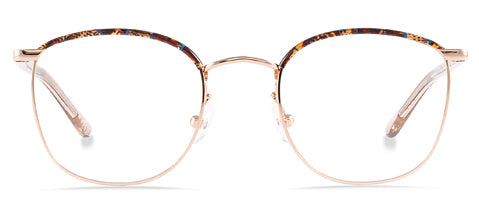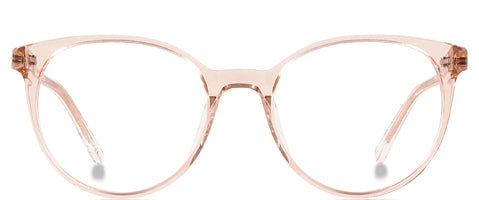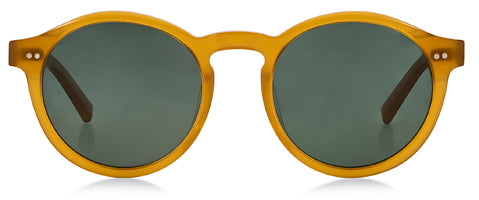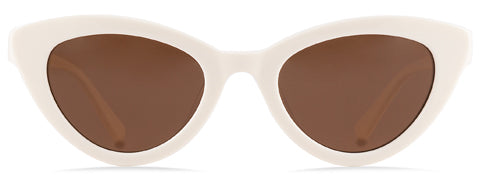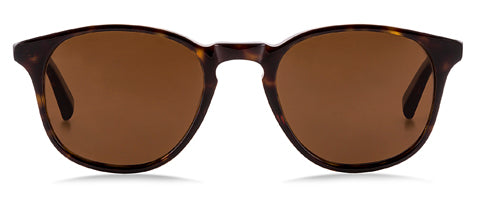In the second installment of the Makers Series, Tom O'Dell visits the workshop of leather craftsman Charlie Borrow in Shoreditch, where they met during Tom's retail tenure. Each of Charlie's products are handmade one at a time, using traditional saddlers techniques and tools. Only the highest grade raw materials are selected, all produced using century-old techniques by expert craftsman within the British Isles.
TO: Charlie, how would you describe yourself, and what do you do?
CB: I’m a leather-smith and luggage maker. I started with bags and accessories – which is still the core of my brand – but over the past year I’ve moved into restaurants, making bespoke upholstery, aprons and anything with leather.
TO: And how did you come to working with leather?
CB: I did fashion and textiles at college before moving to London to study bespoke tailoring. I dropped out after a year to do more practical work, and went to work instead for Paul Smith doing suit fittings and alterations. From there, making bags came together quite organically. I made one for my mum with some rubbish leather I bought from a bargain bin in Brick Lane, and a rucksack for myself. Once I grasped the look I wanted, I developed the skills by looking online, in books and buying old products from the market and analysing them.
By this point, I had decided I wanted to work with British suppliers. Without sounding too hippy, I want to make a conscious effort not to use materials that destroy the planet. Today, I buy my leather from the last remaining oak barn tannery in the UK, in Devon. Oak barn tanning differs from more modern tanning; the only thing that turns the rawhide into leather is water and oak chippings. They stick it all in a pit, leave it for 12 months, and it comes out as leather.

TO: And how did you progress from that first bag you made for your mother?
CB: The bag for her was essentially a massive, oversized leather tote. It was really bad. The stitching was wobbly - it’s completely different working with fabric versus leather – but I was losing interest in tailoring and thought I’d move away from it and give the bags a go.
TO: And at that point did you see it as a job?
CB: It started as a hobby. The first year I was working from my bedroom, but after making my mum’s bag and completing some orders for friends, I thought maybe I should buy a machine and work with leather.
I then gathered so much machinery I could no longer work in my bedroom. When I moved to Limehouse it went from a hobby to something more. At that point, I was still working at Paul Smith part-time, as well as at a bar. At the start you can’t hope someone will buy a bag every day because it doesn’t work like that.
TO: Paul Smith has a world-renowned brand, how did he inspire you?
CB: He’s done amazingly in Japan; he’s stuck to his roots and made what he’s wanted in his own way. He’s very personable; the main thing is to be friendly with everyone, which is why when customers come to visit the workshop I always give them my time and explain what I do.
TO: With your products especially, there is a story to tell.
CB: My selling point is the people who make my materials; the youngest company I work with was established in 1850 and most have royal warrants as well. Plus, the fact that my bags are handmade in London is a rarity these days.
TO: You sell to 25 shops in Japan. Why do you think the Japanese market has embraced what you do?
CB: I think it’s the way Japanese people buy. They like to buy something with a story; they have an interest in the craft and they appreciate quality. Corners aren’t being cut to bring the price down. In Europe people are happy to pay for craft, but want it slightly cheaper.
TO: My previous guest, Mr Willett, was saying something similar. He thought people don’t always appreciate the time that goes into crafting a product.
CB: For some of my pieces, the materials cost more than the retail of some mid-priced bags. When I make a bag, there are no machines involved - every step is by hand.
TO: Compared to high-end bags yours are a fair price, but the quality is much better.
CB: The way my bags are constructed and the material is the same as, say, an Hermès bag, but the style is completely different. With an Hermès bag people want them because they’re clean and pristine looking, whereas mine are heavy, durable and will get better with age. They’re completely different items.
TO: What’s your highlight been in the past three years?
CB: Probably the first time I visited Japan to showcase my products. It was quite exciting being on the other side of the world, with people appreciating your work.
TO: And you’re with new some stockists in the London too…
CB: Trunk Clothiers have had my products for a few weeks now. In London, I try to work direct with clients - I like to meet them in person. That way I can customise any elements to suit them, like making the handle a tiny bit longer or adding a second pocket if they want. It can be done because I’m making one at a time and to order.
TO: Essentially, you offer a bespoke product.
CB: Kind of made-to-measure. It’s a product I’m already making but evolving slightly with every piece. I do offer fully bespoke work but in the past year I’ve not been able to take any extra work on. I need to take the next step; I'd like a slightly bigger workshop and then I could train someone up and to grow the team.
TO: Do you have a five-year plan?
CB: My end goal is to have a big enough space with the front for retail and the back as a workshop.
TO: It’s lovely for customers to be able to pass by and see you at work.
CB: I think people are more interested when they can see the whole process. I can put a whole hide on the table and people think it’s amazing that it’s going to become their bag. It’s so different to walking into a shop and paying £300 for a leather bag and then just leaving straight away.
TO: You need something that sets you apart. At Bailey Nelson, for example, the glasses are hand rolled in Italy. There is that point of difference. Not only do the glasses look nice but there’s a story behind it and you need to have both.
CB: The end goal is a good looking, functional product. If you have a pair of glasses that don’t feel comfortable on - no one wants them. More and more, shops are showing the customers the process and people want to hear about the craft.
TO: Do you have any advice for a craftsperson starting out?
CB: First thing: always have more than one avenue of income, but don’t make it a full-time job right away because it gets difficult to work on your own projects. When you do have money, don’t be afraid to put it all into materials. It will triple in value once you’ve made it into a product.
Secondly, keep improving. You will get better with every piece you make, but be careful not to put yourself out in the market until your product is fully developed. You get one opportunity to launch.
Finally, take one day off a week and give yourself something to look forward to. This is a long slog.
TO: If you were to work in another craft what would it be?
CB: I would love to be able to weld. It’s still working with your hands, but I’d like to try woodwork or metal work, maybe move into furniture. I can grasp the idea of how to make things but don’t have the time or tools to experiment with it.
TO: Our customers rely on Bailey Nelson for glasses. Is there anything you rely on every day?
CB: Having my own space to work from. It’s a nice thing to be able come back to your workshop and find nothing has moved from the day before. You can leave a ‘creative’ mess.
TO: You moved to London from Brighton; what are the best things about the capital?
CB: It’s so multicultural, everything is here. I love its restaurants. They are of such a high standard – I like my food.
TO: Do you have a favourite place to eat?
CB: It’s a restaurant I’ve worked with and I always recommend people eat here: SMOKESTAK. The food is amazing and you don’t leave hungry.
TO: And do you have a favourite place to shop?
CB: Trunk Clothiers. It’s one of the reasons I wanted to sell my bags with them. The shop has a nice feel, it’s relaxed and it has clothes from all over the world.
TO: And a bar?
CB: I tend to go to pubs these days. The Swimmer in Holloway is a nice old pub.
TO: Whilst you’re working, is there a soundtrack you like to play?
CB: I tend listen to Discover Weekly on Spotify, I get bored of the same playlists but in the workshop I often have 6Music on.
TO: Seeing as this is the Makers Series, is there another maker that you recommend we speak to?
CB: Tilly Hemingway is a lovely ceramist and I like the shoemaker Sebastian Tarek. He makes very high-end shoes in a traditional way, but they’re not traditional shoes. They’re a bit earthier – and his workshop is amazing. I’m envious of it.
TO: To finish, I’m going to give you 15 seconds to pitch Charlie Borrow to our customers...GO.
CB: If you’re looking for a very well-made, handmade British product - with a very high sustainability factor - where you can meet the maker, and buy bags which look nice and will last forever (I say that because I’ll repair it: as long as I’m going, the bag’s going) then I’m your man.
For more information visit Charlie's website and online shop.
Charlie wears the Palmer.
Interview and images by @OdellsStudios

